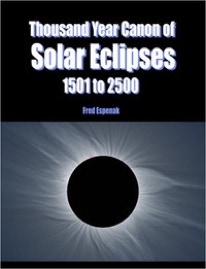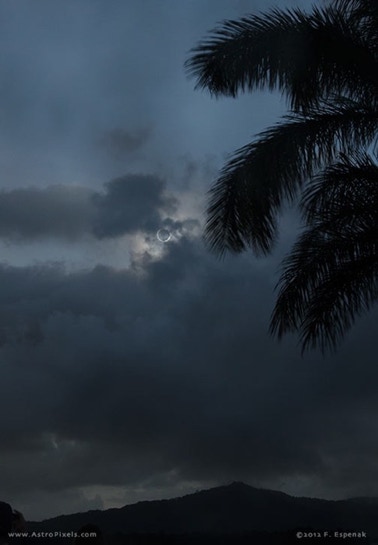Portal, AZ - Rodeo, NM
Serving The Communities Of Portal and Rodeo (www.portal-rodeo.com)
Serving The Communities Of Portal and Rodeo (www.portal-rodeo.com)

Sky Village
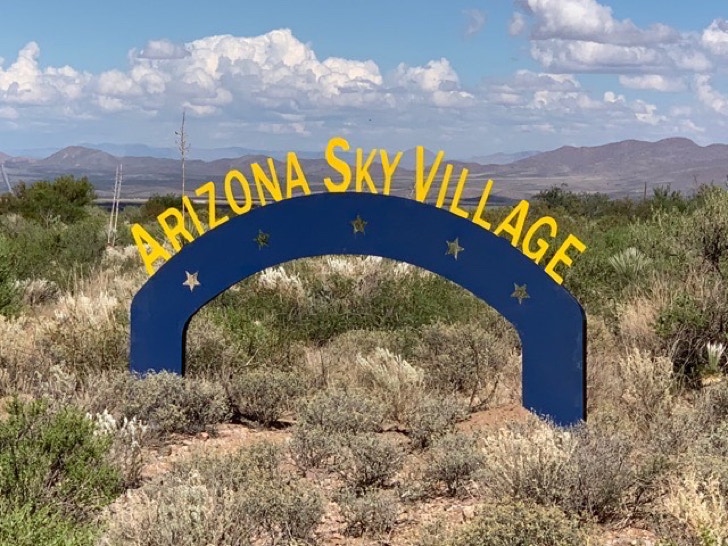
Upcoming Full Moons
The full Moon names used by The Old Farmer’s Almanac come from a number of places, including Native American, Colonial American, and European sources. Traditionally, each full Moon name was applied to the entire lunar month in which it occurred, not solely to the full Moon.
• March 7: Worm moon
• April 6: Pink moon
• May 5: Flower moon
• June 3: Strawberry moon
• July 3: Buck moon
• August 1: Sturgeon moon
• August 30: Blue moon
• September 29: Harvest moon
• October 28: Hunter’s moon
• November 27: Beaver moon
• December 26: Cold moon
Upcoming Meteor Showers
• Lyrids: April 22-23
• Eta Aquariids: May 5-6
• Southern Delta Aquariids: July 30-31
• Alpha Capricornids: July 30-31
• Perseids: August 12-13
• Orionids: October 20-21
• Southern Taurids: November 4-5
• Northern Taurids: November 11-12
• Leonids: November 17-18
• Geminids: December 13-14
• Ursids: December 21-22
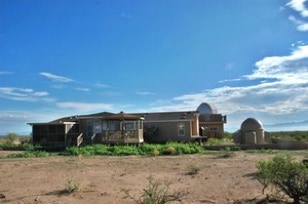

Edge on Spiral Galaxy (Sb) in Andromeda Jellyfish Nebula
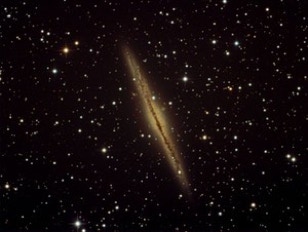
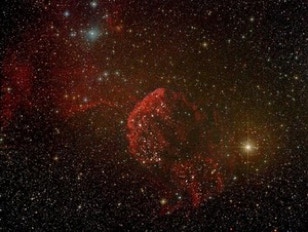
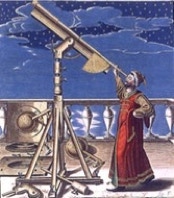


For over 40 years, the U. S. Naval Observatory produced a series of special publications known as the eclipse circulars. Each contained detailed predictions in the form of tables and maps for an upcoming total or annular solar eclipse and were of vital importance in the planning and execution of eclipse expeditions. Although intended for research scientists, the publications enjoyed an
even greater circulation among amateur astronomers and eclipse chasers as the most authoritative guide and technical reference on each eclipse.
When the Naval Observatory terminated its eclipse circular series in 1992, they contacted me about producing a similar publication in support of the scientific community. At the time, I was an astrophysicist at NASA’s Goddard Space Flight Center working in the field of infrared spectroscopy. However, I had also published a number of eclipse prediction papers for major eclipses from 1979 through 1991, as well as the Fifty Year Canon of Solar Eclipses: 1986 – 2035.
Fortunately, my branch chief agreed to let me spend a small part of my time working on the new eclipse publications. Knowing that weather prospects along an eclipse track play a critical role in expedition planning, I invited Jay Anderson (meteorologist then working at Environment Canada) to join me as coauthor, and the NASA eclipse bulletin series was born.
From 1993 through 2008, Jay and I produced 13 eclipse bulletins in cooperation with the International Astronomical Union’s Working Group on Eclipses. Modest NASA funding allowed us to publish and distribute each bulletin to both the professional and lay communities, including educators and the media.
When I retired from NASA in 2009, funding ended for the eclipse bulletins. Various avenues were investigated for alternate funding without success. But with the recent development of print-on-demand publishing, another possibility presented itself. Using print-on-demand, it is no longer necessary to print thousands of books in advance, or handle inventory or shipping. To test it out, the print-on-demand process was used to produce the recent publication Thousand Year Canon of Solar Eclipses: 1501 – 2500.
I was anxious to master print-on-demand in order to publish new eclipse bulletins particularly because of the upcoming total solar eclipse of 2017 August 21. This is the first total eclipse visible from the contiguous United States since 1979.
The umbral path of the 2017 eclipse begins in the Pacific Ocean and crosses the USA from west to east through parts of the following states: Oregon, Idaho, Wyoming, Nebraska, Kansas, Missouri, Illinois, Kentucky, Tennessee, Georgia, North Carolina, and South Carolina. The Moon’s penumbral shadow produces a partial eclipse visible from a much larger region covering all of North America.
To find an umbral eclipse path covering a comparable amount of real estate in the USA, one must go back nearly a century to 1918. This rarity underscores the significance of the 2017 eclipse, which offers millions of Americans the opportunity to witness totality within 1,500 miles or less from home.
Note that much emphasis is placed on the eclipse’s umbral path (a.k.a. “path of totality”), which ranges in width from 62 to 71 miles as it crosses the USA. It is only inside this narrow path that the Moon will completely cover the Sun as the lunar shadow plunges the landscape into an eerie twilight and the Sun’s glorious corona is revealed for nearly 3 minutes.
Outside the path, only a partial eclipse is seen. Even if the the Moon covers 99% of the Sun, a partial eclipse does not even come close to the spectacle presented by a total eclipse. YOU MUST BE INSIDE THE UMBRAL PATH! (see The Experience of Totality)
Jay Anderson and I are pleased to announce the first of a new series of publications: Eclipse Bulletin: Total Solar Eclipse of 2017 August 21. It contains tables presenting the umbral shadow path coordinates, a physical ephemeris of the umbra, local circumstances on the central line, topocentric data and path corrections due to the lunar limb profile, and mapping coordinates for the zones of grazing eclipse. High-resolution maps plot the total eclipse path across the USA. They show hundreds of cities and towns in the path, the location of major roads and highways, and the duration of totality with distance from the central line.
Local circumstance tables for more than 1000 cities within the USA provide times of each phase of the eclipse along with the eclipse magnitude and duration. Additional tables cover the eclipse circumstances for cities in Canada, Mexico, and Central and South America as well as Western Europe and North Africa. An exhaustive climatological investigation identifies locations along the eclipse path where the highest probability of favorable weather may be found. A travelogue highlights key locations in the eclipse track from Oregon through South Carolina. Finally, comprehensive information is presented about solar filters and how to safely observe and photograph the eclipse.
And now for the first time, the Eclipse Bulletin is available in both the standard black & white edition as well as a deluxe color edition. Color offers a significant advantage in revealing details especially in figures, maps, and photographs.
Readers unfamiliar with the eclipse bulletins should know these books assume an intermediate level or higher understanding of eclipses. There are plenty of introductory books covering eclipses for beginners (for example, Totality: Eclipses of the Sun by Littmann, Espenak and Willcox, and The Sun in Eclipse by Maunder and Moore) so the basics won’t be covered here. Nevertheless, an effort has been made to make this new bulletin series more user friendly given the wide audience that has come to embrace these publications.
I am speaking at the Texas Star Party on May 13, where I will officially introduce the 2017 Eclipse Bulletin with copies to sign. The book will become available to order online herewhen I return on May 15.
Michael Zeiler of GreatAmericanEclipse.com called the 2017 Eclipse Bulletin “… the definitive reference for the 2017 eclipse and a must-get book for anyone doing planning for the eclipse.” Jay and I sincerely hope that it will help many people to witness nature’s most spectacular astronomical event visible to the naked-eye.
